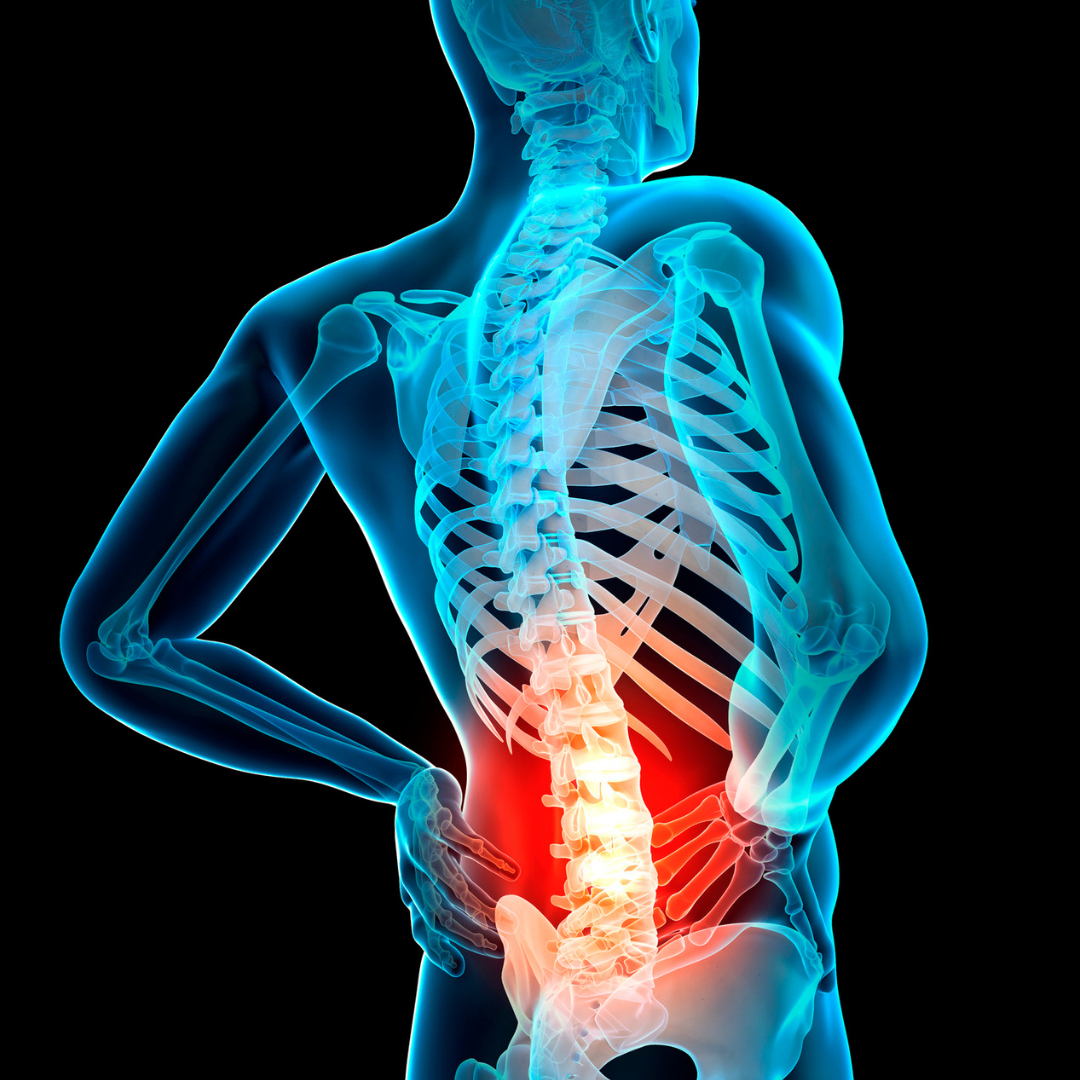Recent studies on topics such as rates of lumbar spinal stenosis recurrence and the cost-effectiveness of early microdiscectomy are discussed in the new JBJS Guest Editorial “What’s New in Spine Surgery.” Here, we highlight the 5 most impactful studies, as selected by co-author Melvin D. Helgeson, MD.
Lumbar Spine
In a follow-up to the Swedish Spinal Stenosis Study, researchers compared the rates of lumbar spinal stenosis recurrence between patients treated with decompression alone and those treated with decompression with fusion1. Two-year MRI scans, available for 176 of 211 patients, were reviewed for evidence of new stenosis at the operative or proximal adjacent level. New stenosis at both levels occurred significantly more frequently in the fusion group, as well as in the subgroup with preoperative spondylolisthesis, leading the authors to conclude that decompression without fusion is the preferred surgical treatment for lumbar spinal stenosis.
Researchers evaluated the cost-effectiveness of the surgical management of chronic (4 to 12 months’ duration) radiculopathy caused by lumbar disc herniation from a third-party payer perspective in the setting of the single-payer Canadian health-care system2. They found that early microdiscectomy was a cost-effective treatment: the cost of 1 quality-adjusted life-year was lower than the willingness-to-pay threshold of $50,000 (CAD). Compared with nonsurgical treatment, the surgical procedure was associated with higher upfront costs but better outcomes overall.
Cervical Spine
One-year data were recently reported for the Foraminotomy ACDF Cost-Effectiveness Trial (FACET), a randomized controlled trial (RCT) using a noninferiority study design in which 265 patients were treated for unilateral, single-level radiculopathy3. Outcomes were compared between patients undergoing anterior cervical discectomy fusion (ACDF) and those undergoing posterior foraminotomy; the Odom score and visual analog scale (VAS) arm pain score were the primary outcomes. Posterior foraminotomy was noninferior to ACDF, with a 10% noninferiority margin. Small between-group differences were found for the secondary outcomes. As noted by Guest Editorial authors Dr. Helgeson et al., the findings suggest adequate short-term outcomes for posterior foraminotomy, but longer-term follow-up is needed.
Postoperative Pain Management
An RCT of 120 patients undergoing open lumbar fusion investigated the use of dexmedetomidine in erector spinae plane block (ESPB)4. Compared with a 20-mL ropivacaine-only ESPB, the addition of 1-μg/kg dexmedetomidine to a 20-mL ropivacaine ESPB was associated with greater pain reduction, as demonstrated by lower VAS pain scores at 12, 24, and 48 hours postoperatively. The addition of dexmedetomidine was not associated with adverse reactions, increased mean arterial pressure, or changes in heart rate.
Endoscopic Spine Surgery
The 5-year outcomes of a single-center, open-label RCT were reported for patients with lumbar disc herniation treated with either percutaneous transforaminal endoscopic discectomy or microendoscopic discectomy5. A total of 194 of the 241 participants completed 5-year follow-up. The 2 treatment groups had equivalent scores on the Oswestry Disability Index, the primary outcome. Secondary outcomes also did not differ significantly. These findings contribute to a growing body of literature supporting the expansion of endoscopic spine surgery, according to Dr. Helgeson et al.
“What’s New in Spine Surgery” is freely available at JBJS.org.
What’s New by Subspecialty
Each month, JBJS publishes a review of the most pertinent studies from the orthopaedic literature in a select subspecialty. To read the reports, visit the “What’s New by Subspecialty” collection at JBJS.org.
Recent OrthoBuzz posts include: “What’s New in Foot and Ankle Surgery,” “What’s New in Sports Medicine,” and “What’s New in Hand and Wrist Surgery.”
References
- Karlsson T, Försth P, Skorpil M, Pazarlis K, Öhagen P, Michaëlsson K, Sandén B. Decompression alone or decompression with fusion for lumbar spinal stenosis: a randomized clinical trial with two-year MRI follow-up. Bone Joint J. 2022 Dec;104-B(12):1343-51.
- Glennie RA, Urquhart JC, Koto P, Rasoulinejad P, Taylor D, Sequeira K, Miller T, Watson J, Rosedale R, Bailey SI, Gurr KR, Siddiqi F, Bailey CS. Microdiscectomy is more cost-effective than a 6-month nonsurgical care regimen for chronic radiculopathy. Clin Orthop Relat Res. 2022 Mar 1;480(3):574-84.
- Broekema AEH, Simões de Souza NF, Soer R, Koopmans J, van Santbrink H, Arts MP, Burhani B, Bartels RHMA, van der Gaag NA, Verhagen MHP, Tamási K, van Dijk JMC, Reneman MF, Groen RJM, Kuijlen JMA; FACET investigators. Noninferiority of posterior cervical foraminotomy vs anterior cervical discectomy with fusion for procedural success and reduction in arm pain among patients with cervical radiculopathy at 1 year: the FACET randomized clinical trial. JAMA Neurol. 2023 Jan 1;80(1):40-8.
- Yi-Han W, Rong T, Jun L, Min W, Yan Z, Yi L, Jie-Ting L, Sheng-Hui H. Dexmedetomidine combined with ropivacaine for erector spinae plane block after posterior lumbar spine surgery: a randomized controlled trial. BMC Musculoskelet Disord. 2022 Mar 11;23(1):235.
- Chen Z, Zhang L, Dong J, Xie P, Liu B, Chen R, Li S, Liu Z, Yang B, Feng F, He L, Yang Y, Pang M, Rong L. Percutaneous transforaminal endoscopic discectomy versus microendoscopic discectomy for lumbar disk herniation: five-year results of a randomized controlled trial. Spine (Phila Pa 1976). 2023 Jan 15;48(2):79-88.



